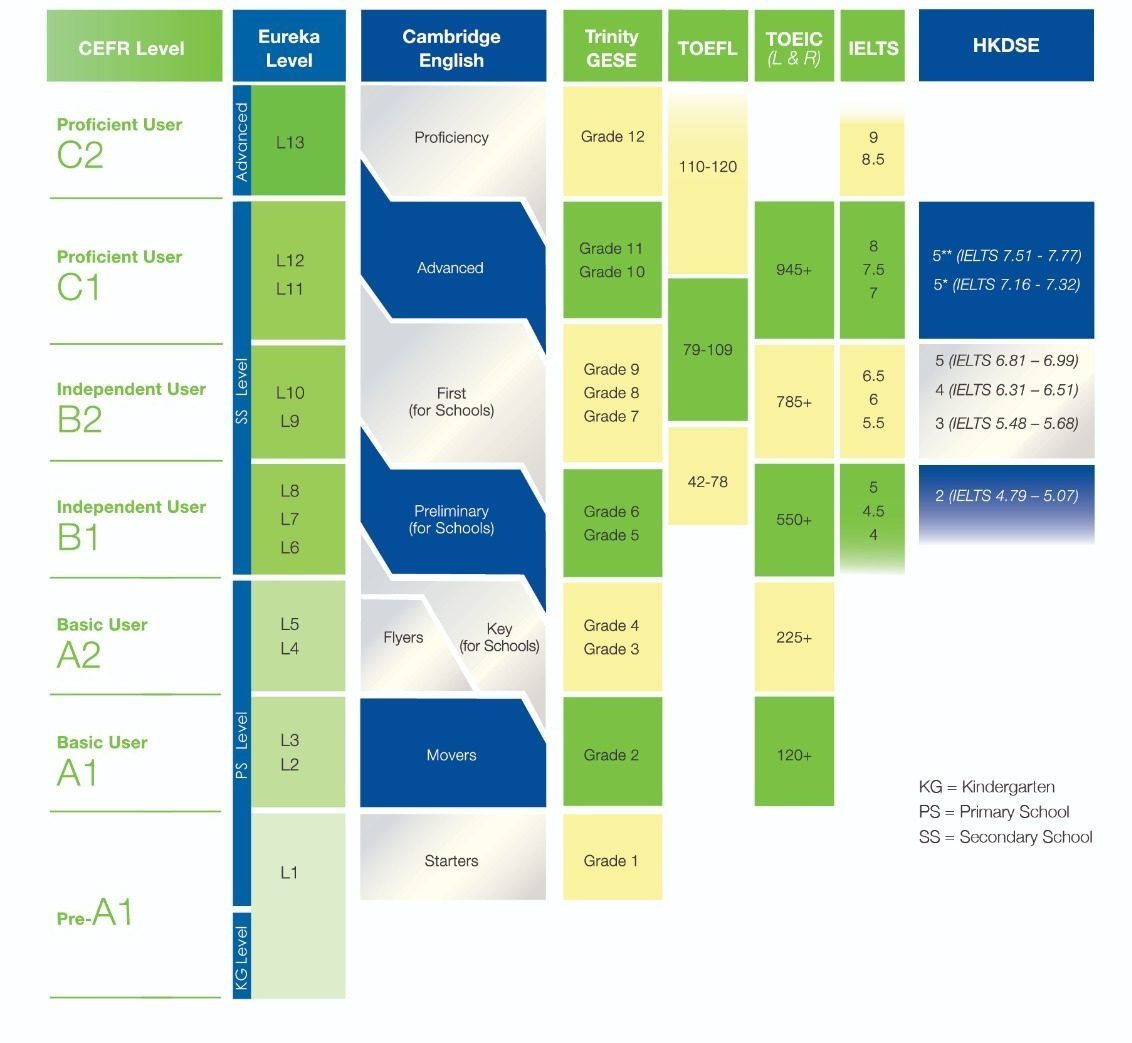November 2020
While English language education in Hong Kong follows a designated curriculum, the Cambridge English syllabuses are becoming increasingly popular as ones to be studied alongside the local curriculum as a complement to its materials.
Recognition: One step at a time
While exams such as the HKDSE and IELTS may seem many years away for students in kindergarten and primary school, it is paramount that students begin early if they are to form a strong English foundation on which they can build more advanced skills later in their education. The Cambridge Young Learners Exam is becoming increasingly popular as it serves as an early preparation tool for younger learners to develop necessary English skills. It adheres to a well-researched syllabus that aligns with the needs and abilities of students from different age groups and helps form a strong foundation for speaking, listening, reading and writing. Its Starters, Movers and Flyers exams cover levels Pre-A1 to A2 (Basic User) on the CEFR scale.
Following on from this, the A2 Key (KET) and B1 Preliminary (PET) examinations can be used to develop students’ core skills and serve as a bridge between basic proficiency and the more advanced requirements of the secondary school curriculum. Depending on their proficiency levels, students may embark on these syllabuses as early as mid-primary level. They help students tackle not only examinations but also real-life scenarios, allowing them to satisfy basic communicative needs in a range of everyday situations.
The Examination and Assessment Authority (HKEAA), has published a study comparing the standards between the HKDSE English language examination and those of IELTS. Based on these statistics (collated in Table 1), it can be inferred that the HKDSE standards range from around B1 (Independent User) to C1 (Proficient User) on the CEFR scale. Language skills are slowly acquired through a long learning process. As the exam demands a rather high level of English language proficiency, it may be beneficial for students to prepare in advance in the years leading up to this important examination.
Regardless of whether a student intends to complete any one of these exams, their syllabuses may function as a guide for students and teachers to understand the learners’ English level. They also provide good references for what students should learn at a certain age or level, and provide suitable aims and guidelines for progression. Eureka continuously offers support to schools, teachers and students on all the aforementioned exams. Whether their purpose may be to prepare for an exam or simply to increase proficiency, our NETs and purpose-built curriculum and materials are designed to help students reach the best of their potential.
What is CEFR?
The Common European Framework for Reference for Languages (CEFR) is a widely recognised indicator of English language proficiency. It was globally published by the Council of Europe in 2001 and adopted worldwide ever since. It begins at level A1 for beginners and goes up to C2 to refer to highly proficient users of English (and other languages). It is often used as a benchmark measurement to compare the standards between different examinations.

